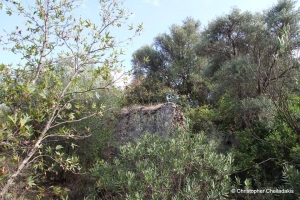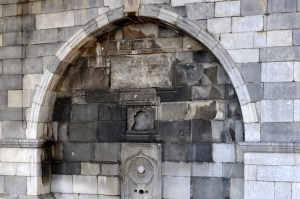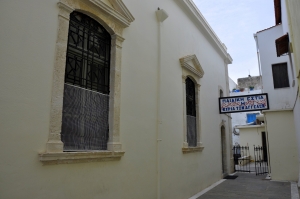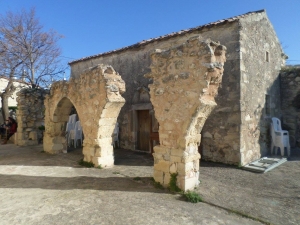It is a wood and stone building with a roof in three sections. The main entrance is set back in a recess in the wall. There are eight arched thresholds on the ground floor, with an equal number of pilasters above. The wide variety of architectural features employed includes cornices with cyma moulding, pilasters, capitals of various types and parapets embellished with rosettes.
One of the most important churches used in the past for burying unbaptized babies is located by Kritsa, at position Koulbado. This temple is also very important as it is a single-aisle temple, probably built in the Byzantine Era (indicated by the typical ceramic bricks met in Byzantine churches).
The building at 17 Halbherr Str. during the Ottoman Era was the residence of Mirtza Efendis. It is a two-storey wood and stone building with later additions in reinforced concrete. A high wall marks out the entire property.
In today's Zografou Street existed until the early 20th century, the house of Chanialis. The house exterior hosted an elaborate fountain, which was moved to its current location, at the exit of St. George's gate.
The present church of the Lady of the Angels or Mikri Panagia (Little Virgin Mary) to the east of the Old Town of Rethymnon, in contrast to the Megali Panagia (Great Virgin), that is, the Rethymno metropolitan church, was built in the last years of the Venetian rule and was dedicated to Mary Magdalene of the Dominican Order.
The Church of St. John the Theologian in Margarites is located at the southwest side of the village. It is a single-room vaulted temple and its interior bears traces of frescoes and an impressive stone iconostasis (icon shrine). On each side of the temple there are three blind arches.
Xerokambi beach is located about 70 km southeast of Heraklion and belongs to the periphery of Kastri. Most visitors of the area are unaware of its existence, as they visit mainly the famous beach of Listis and the organized beaches of Kastri and Keratokambos. In Xerokambi there are mainly greenhouses for growing early vegetables.
At the northern end of the plain of Kastelli, between the villages Sklaverohori and Agii Apostoli (Pediada district), we meet Panagia Kera. Access is very easy because it's on the main road. The informative signs tell us that the church dates from the 14th century. This is another single-aisled church, built during the Venetian occupation of Crete, a time when the island was decorated with resplendent temples, most of which carried rich wall paintings.





